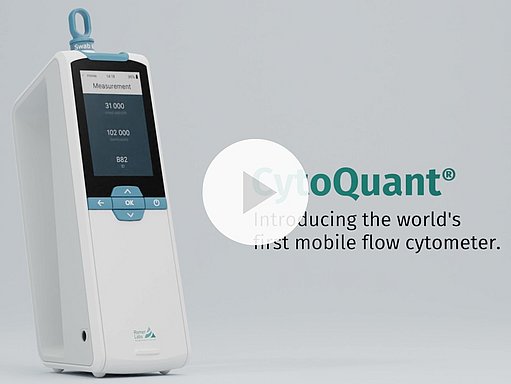Impedance Flow Cytometry - CytoQuant®
CytoQuant® is an impedance flow cytometer that empowers risk-based decision-making and facilitates proactive interventions. In just 30 seconds, it delivers precise total viable counts directly at the production site, enabling swift, on-the-spot microbial assessments for unparalleled process control.
By delivering direct, real-time microbial counts at critical control points, CytoQuant® transforms traditional monitoring with unmatched precision and efficiency. This point-of-need technology offers immediate insights into total contamination levels, enabling early detection of any deviations from acceptable microbiological criteria. As a result, interventions can be swiftly implemented to maintain strict process control and uphold safety and quality.





